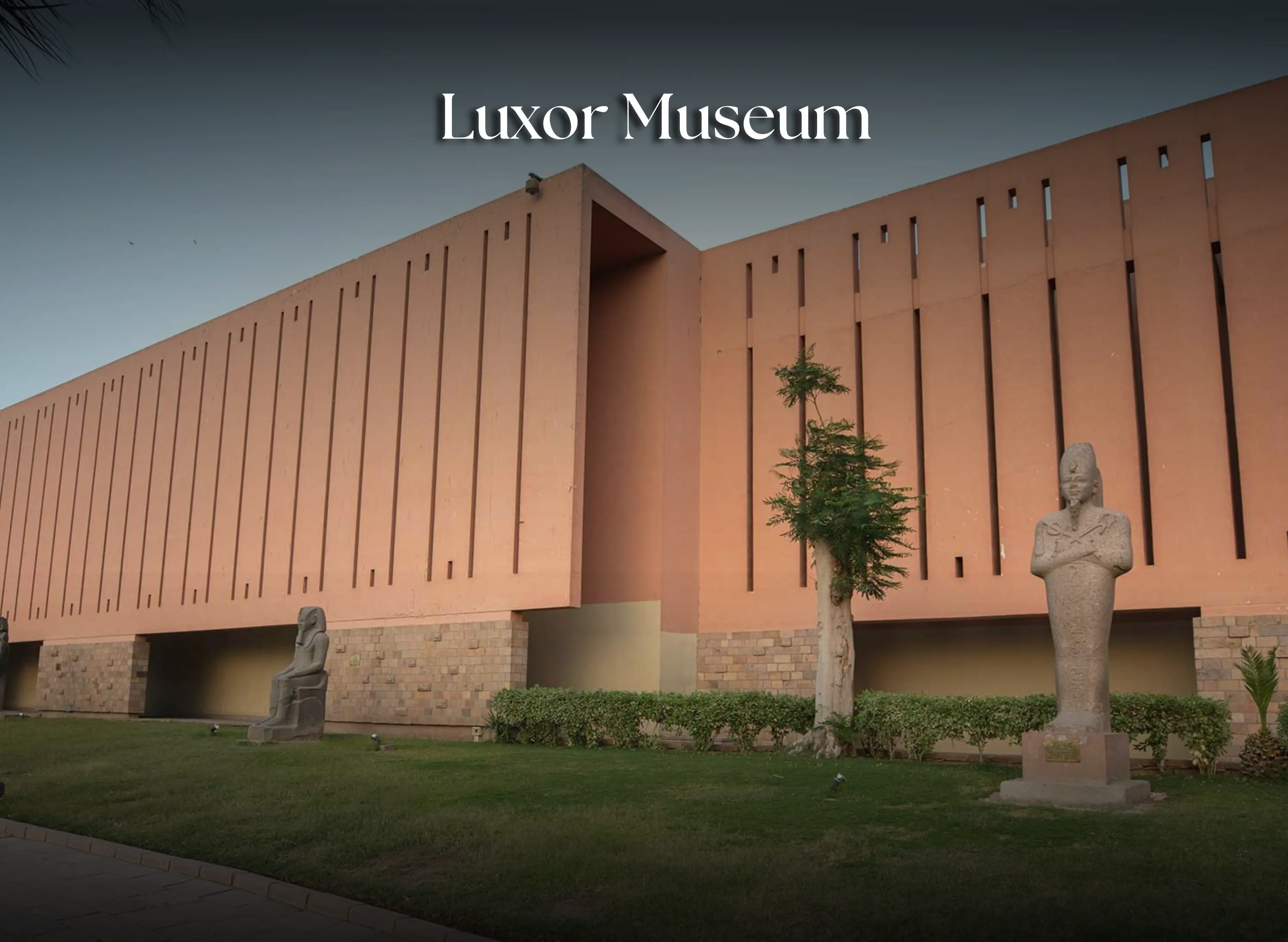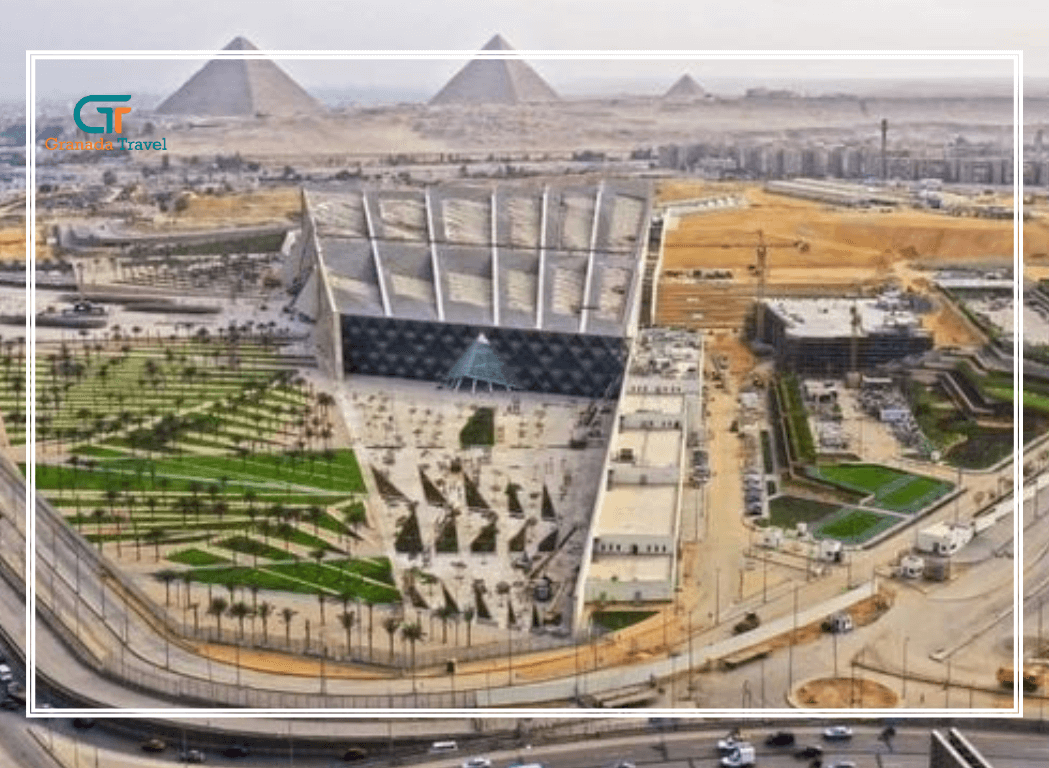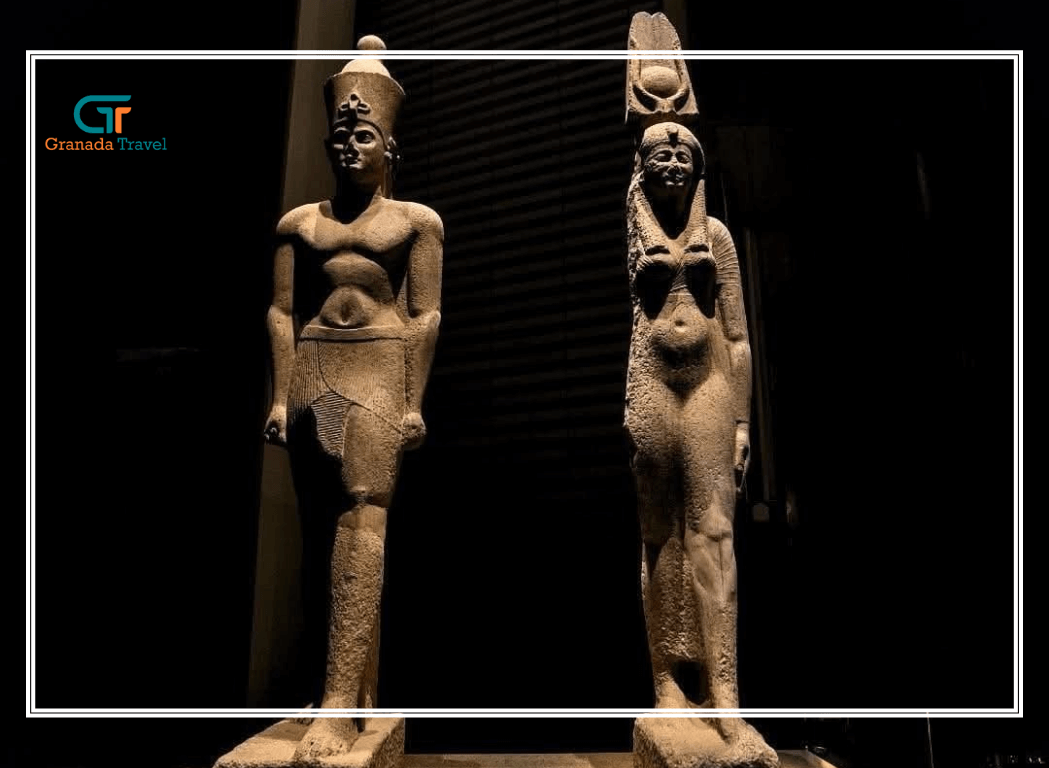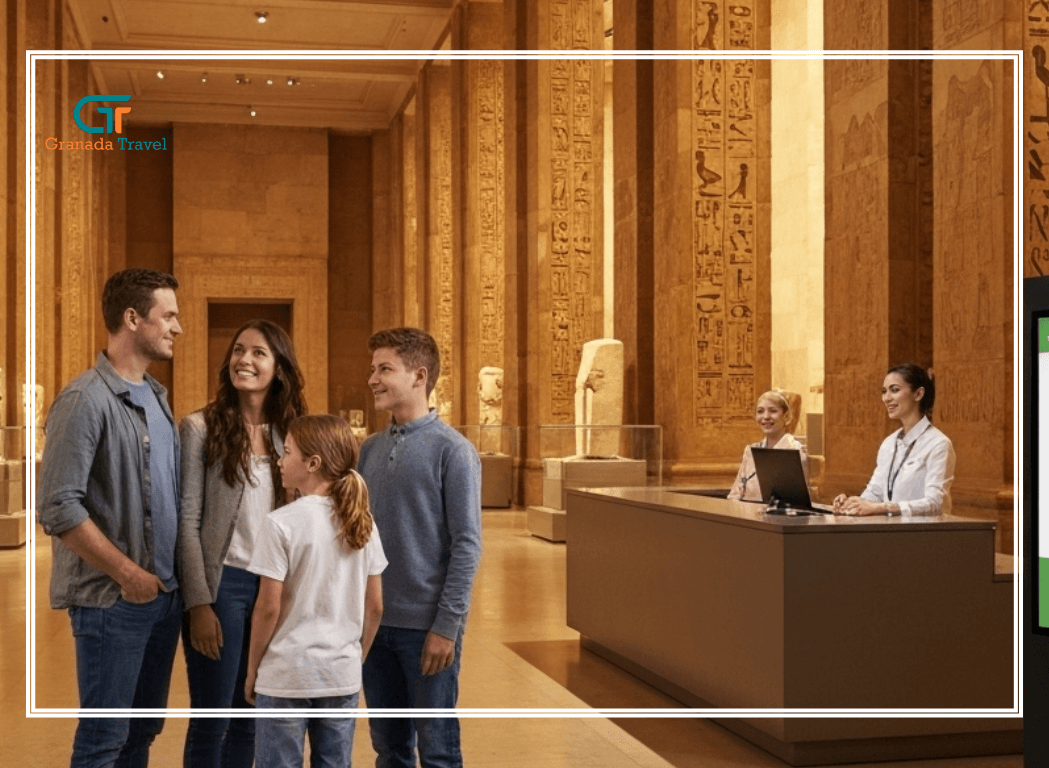
Discovering the Luxor Museum: A Treasure Trove of Ancient Egyptian Art
Nestled along the shimmering banks of the Nile River, the Luxor Museum stands as a beacon of Egypt’s rich history and cultural heritage. Located in the heart of Luxor, Egypt, this archaeological gem offers visitors an intimate and meticulously curated glimpse into the wonders of ancient Thebes.
Unlike the sprawling collections of the Egyptian Museum in Cairo, the Luxor Museum prioritizes quality over quantity, showcasing a select array of artifacts that captivate history enthusiasts, art lovers, and casual travelers alike.
In this blog, we’ll explore the Luxor Museum, its fascinating exhibits, practical information like Luxor Museum opening hours, and insights from Luxor Museum reviews to help you plan an unforgettable visit.
A Brief History of the Luxor Museum
The Luxor Museum, officially known as the Luxor Museum of Ancient Egyptian Art, was inaugurated in 1975 under the vision of the Egyptian Ministry of Culture. Designed by renowned Egyptian architect Dr. Mahmud El Hakim, the museum’s modern, two-story structure was carefully planned to harmonize with its stunning surroundings on the Nile Corniche, connecting the iconic Luxor Temple and Karnak Temple. Since its opening, the Luxor Museum Egypt has grown into a must-visit destination, with expansions in 1991 and 2004 enhancing its offerings. These renovations introduced new rooms, such as the “Thebes Glory Hall,” and modernized the museum’s lighting to highlight its treasures against sleek, dark-gray walls.
The museum’s collection, while smaller than Cairo’s, is deliberately curated to focus on artifacts from the Theban area, particularly from the New Kingdom (1550–1070 B.C.), when Luxor, Egypt was the thriving capital of ancient Egypt. Its uncluttered displays and clear bilingual (Arabic and English) labels make it an accessible and engaging experience for all visitors.
What to See at the Luxor Museum
The Luxor Museum is a treasure trove of artifacts that tell the story of ancient Egypt’s artistry, religion, and daily life. Here are some of the highlights that make the Museum Luxor Egypt a standout destination:
The Luxor Cachette
One of the museum’s most breathtaking displays is the “Luxor Cachette,” a collection of 26 well-preserved statues uncovered in 1989 beneath the courtyard of Luxor Temple. These sculptures, hidden by priests of Amun to protect them from desecration, include stunning representations of gods, goddesses, and pharaohs. A standout piece is the 2.45-meter-tall quartzite statue of Amenhotep III, showcasing the exquisite craftsmanship of New Kingdom artisans. The lioness-headed goddess Sekhmet and a double statue of Amenhotep III with his wife Tiye are equally mesmerizing, offering a glimpse into the divine and royal symbolism of the era.
Tutankhamun’s Treasures
The Luxor Museum Egypt proudly displays artifacts from the tomb of the boy-king Tutankhamun, discovered in the West Bank Luxor’s Valley of the Kings. Visitors can marvel at shabti figurines, model boats, sandals, and gilded bronze rosettes from his funeral pall. A striking black-and-gold wooden head of the cow goddess Mehit-Weret, an aspect of Hathor, greets visitors near the entrance, setting the tone for the museum’s awe-inspiring collection.
The Wall of Akhenaten
A unique feature of the Luxor Museum is the reconstructed wall from Akhenaten’s temple at Karnak, composed of sandstone blocks known as talatat. These blocks, discovered in the late 1960s, depict scenes of Akhenaten, his wife Nefertiti, and temple life under the worship of the sun god Aten. This exhibit offers a rare look at the revolutionary and controversial Amarna period, when Akhenaten attempted to transform Egyptian religion.
Royal Mummies
Since the 2004 extension, the Luxor Museum has housed the mummies of two great pharaohs, Ahmose I and Ramesses I, in a dedicated hall. These warrior kings, displayed in glass-covered niches, add a poignant connection to Egypt’s imperial past. The military-themed section also includes Tutankhamun’s hunting chariot and weaponry, highlighting the martial prowess of the New Kingdom.
Other Notable Artifacts
The museum’s first floor features a colossal granite head of Amenhotep III, a statue of Thutmose III, and a remarkable alabaster statue of the crocodile god Sobek alongside Amenhotep III. The upper floor showcases Akhenaten’s statues, Coptic funerary paintings, and Islamic artifacts from the Mamluk period, offering a broad chronological journey through Egypt’s history.
Why Visit the Luxor Museum?
The Luxor Museum stands out for its serene, air-conditioned environment and thoughtfully designed layout, making it an ideal escape from the heat of Luxor, Egypt. Unlike larger museums, it’s rarely overcrowded, allowing visitors to linger over each artifact without feeling rushed. Luxor Museum reviews consistently praise its manageable size, informative displays, and the quality of its collection. As one TripAdvisor reviewer noted, “It’s a true gem that shouldn’t be missed,” highlighting the museum’s ability to bring ancient Egypt’s stories to life without overwhelming visitors.
The museum’s location on the East Bank, between Luxor Temple and Karnak Temple, makes it a convenient stop on any itinerary. Its proximity to the Nile also offers stunning views, especially during evening visits when the river reflects the soft glow of the city. For those exploring the West Bank Luxor, sites like the Ramesseum and Valley of the Kings are just a short distance across the river, making it easy to combine a museum visit with other iconic attractions.
Practical Information: Luxor Museum Opening Hours and Costs
Planning a visit to the Luxor Museum? Here’s what you need to know:
- Luxor Museum Opening Hours: The museum is open daily from 9:00 AM to 4:00 PM and 5:00 PM to 10:00 PM, with a brief closure in the afternoon. Evening visits are particularly enchanting, with soft lighting enhancing the exhibits’ mystique. Always check for seasonal changes, as hours may vary in summer.
- Cost: Admission is 100 EGP (approximately $2 USD) for adults and 50 EGP (about $1 USD) for students. Children under 6, Egyptians with special needs, and Egyptians over 60 enter free. Photography with mobile phones is permitted without flash, but professional photography and videography are prohibited.
- Location: Situated on the Nile Corniche, the museum is easily accessible by taxi, bicycle, or a leisurely walk from nearby hotels. No parking lot is available, so plan accordingly.
- Guided Tours: For a deeper experience, consider booking a private tour with an Egyptologist. These tours, available through platforms like Viator, often include transportation and insights into the museum’s key artifacts.
Tips for Visiting the Luxor Museum
- Timing Your Visit: To avoid the midday heat, visit early in the morning or during the evening hours. The museum’s air-conditioned interior is a welcome relief, and evening visits offer a quieter, more atmospheric experience.
- Combine with Nearby Sites: Pair your visit with a trip to Luxor Temple or Karnak Temple, both within walking distance. For a full day of exploration, cross to the West Bank Luxor to see the Ramesseum, Valley of the Kings, or Temple of Hatshepsut.
- Hire a Guide: An Egyptologist can enhance your understanding of the artifacts’ historical and cultural significance. Audio tours are also available for a self-guided experience.
- Check Reviews: Luxor Museum reviews highlight its uncrowded atmosphere and high-quality displays. Reading visitor feedback on platforms like TripAdvisor can help set expectations and plan your visit.
- Respect the Rules: Follow the no-flash photography rule to preserve the artifacts. Wear comfortable shoes, as you’ll be standing and walking through the two-story layout.
Why the Luxor Museum is a Must-Visit
The Luxor Museum is more than a collection of artifacts, it’s a portal to the soul of ancient Egypt. Its carefully curated exhibits, from the Luxor Cachette to Tutankhamun’s treasures, offer a tangible connection to the pharaohs, gods, and artisans of Thebes. Whether you’re marveling at the towering statues, exploring the Amarna period’s revolutionary art, or standing before the mummies of warrior kings, the Museum Luxor Egypt delivers an experience that is both educational and awe-inspiring.
For anyone visiting Luxor, Egypt, the Luxor Museum is an essential stop. Its manageable size, stunning displays, and prime location make it a perfect complement to the region’s temples and tombs. Whether you’re a history buff or simply curious about Egypt’s past, this museum will leave you with a deeper appreciation for the legacy of one of the world’s greatest civilizations. Plan your visit, check the Luxor Museum opening hours, and immerse yourself in the timeless wonders of the Luxor Museum Egypt.
[cta-actions]





